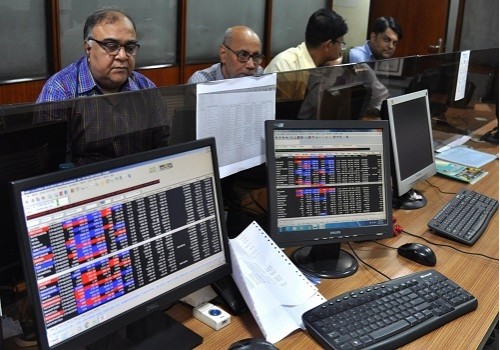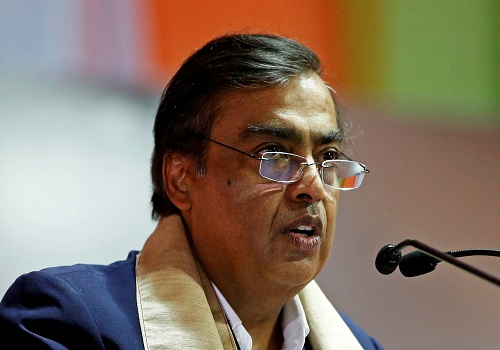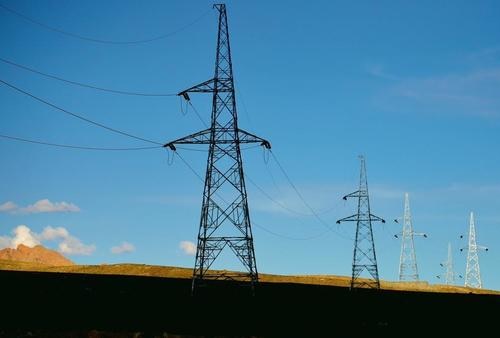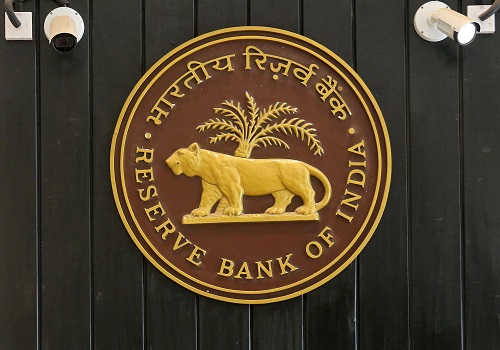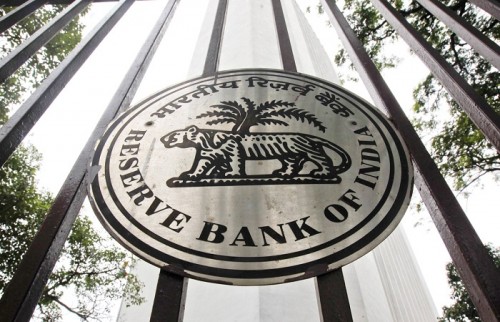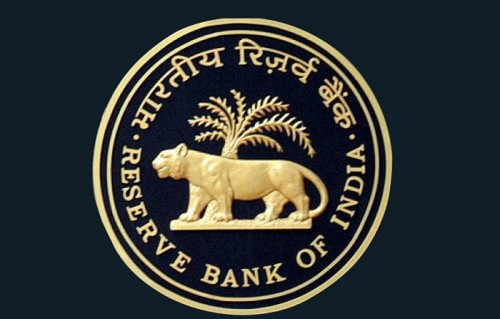Preparing Ground for Policy Normalisation By Pankaj Pathak, Quantum Mutual Fund

Follow us Now on Telegram ! Get daily 10 - 12 important updates on Business, Finance and Investment. Join our Telegram Channel
https://t.me/InvestmentGuruIndiacom
Download Telegram App before Joining the Channel
Below are Views On Preparing Ground for Policy Normalisation By Pankaj Pathak , Fund Manager - Fixed Income, Quantum Mutual Fund.
In the first monetary policy review in FY22, the MPC (Monetary Policy Committee) of the RBI maintained status quo. The policy repo rate was left unchanged at 4.0% and the reverse repo rate at 3.35%. The MPC also continued with its “accommodative” policy stance.
One significant change was in the nature of the forward guidance. In its monetary policy in October 2020, the RBI for the first time came up with a time based forward guidance stating they will remain accommodative…“at least during the current financial year and into the next financial year”.
It dropped this timing element from the forward guidance and made it contingent on the growth and inflation trajectory. Overall, the RBI maintained it priority as reviving economic growth on durable basis while keeping inflation risks in mind. It states “…to continue with the accommodative stance as long as necessary to sustain growth on a durable basis and continue to mitigate the impact of COVID-19 on the economy, while ensuring that inflation remains within the target going forward”.
The RBI raised its inflation forecast for the next year marginally and estimates the CPI to average at 5% in FY22. This suggest an implied real repo rate of -1%. Of course given that the operative rate today in 3.35% (reverse repo rate), the real rates will remain in deep negative for yet another year.
In simple terms, negative real rates discourage savings and boost consumption which may fuel more inflation and lead to even more negative real rate. It also makes domestic currency vulnerable to external shocks by making domestic assets like bonds less attractive to foreigners.
Although low interest rates are needed for the economy to revive, holding it too low for too long can have negative consequences for an emerging economy like India. Amidst resurgence of covid infections, the RBI may ignore inflationary pressures and maintain accommodative policy for some time and continue to maintain negative real rates. But, if inflationary pressures sustain, the RBI will be compelled to withdraw some of the crisis time’s measures.
They have already started with the normalization of liquidity situation by the introduction of variable rate reverse repos and reversal of CRR cut announced in the last policy. The announcement of longer term variable reverse repo is another step towards normalization. If the tenure is for more than 3 months, we can see overnight to short term rates increasing which bodes well for returns from liquid funds.
Eventually, we will see a possibility of hiking reverse repo rate towards the end of this calendar year. Increase in inflation, removal of time based forward guidance and re-introduction of variable rate term reverse repo does indicate a hawkish bias in the monetary policy.
Nevertheless, the RBI maintained the critical balance by introducing a Secondary Market G-sec Acquisition program or G-SAP. Under this program (G-SAP 1.0) the RBI will purchase government bonds worth Rs. 1 trillion in the Q1 of FY22 (April – June 2021).
This commitment to purchase pre-determined amount of government bonds should bode well for long term bonds atleast in near term. While other factors like domestic inflation, crude oil prices and global yields will continue to influence the market, we expect long term bond yields to remain range bound.
With RBI interventions short term bond yields could move higher with normalization of liquidity condition. Over medium term, inflation and potential monetary policy normalization will play more important role in shaping the interest rate trajectory. We expect market interest rates to move higher gradually over the next 1-2 years.
Interest rate on short term fixed deposits are likely to move up. So fixed deposit investor may avoid locking long term fixed deposits at this point. They can be in short term fixed deposits or liquid funds until fixed deposit rates go up. Given the high uncertainty over interest rate trajectory, it would be prudent for investors to be conservative in their fixed income allocation.
Conservative investors should stick to very short maturity debt categories like liquid fund. With normalization in liquidity and short term rates, liquidity fund performance could improve going forward. Investors with longer holding period and appetite to tolerate volatility could look at dynamic bond funds which can change the portfolio’s risk profile depending on the market situation.
Investors in debt funds should lower their return expectation as potential for capital gains will be limited. We advise investors to have longer holding period to ride through any intermittent turbulence in markets.
Above views are of the author and not of the website kindly read disclaimer

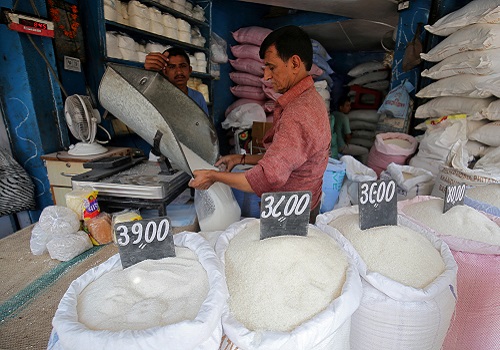
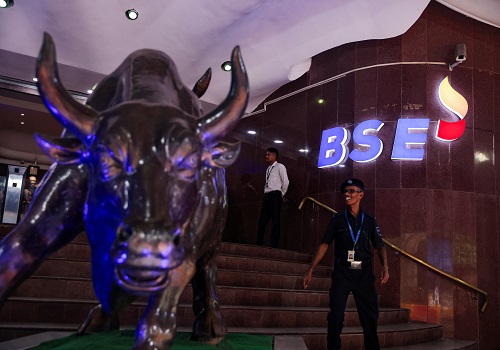
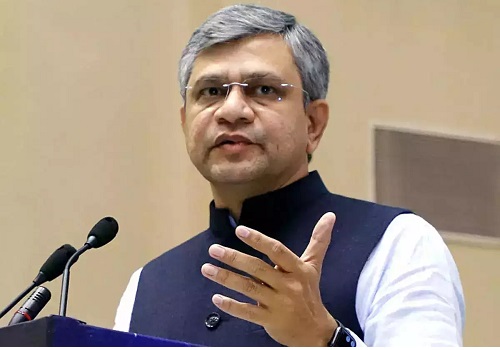



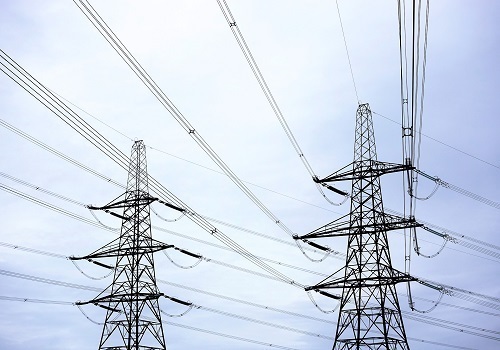


Tag News

We anticipate immense potential benefits from the upcoming Sovereign Gold Bond Tranche in FY...

